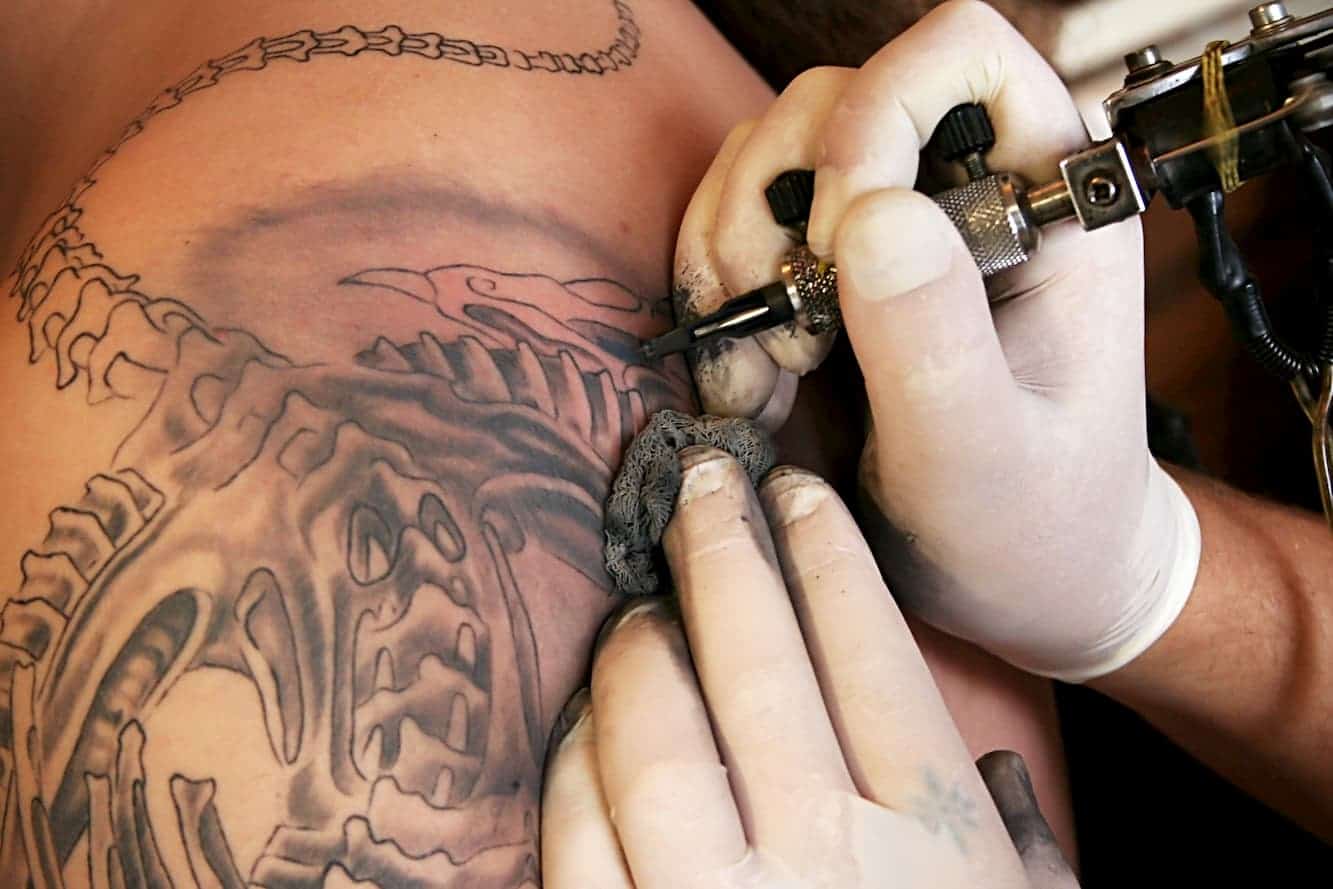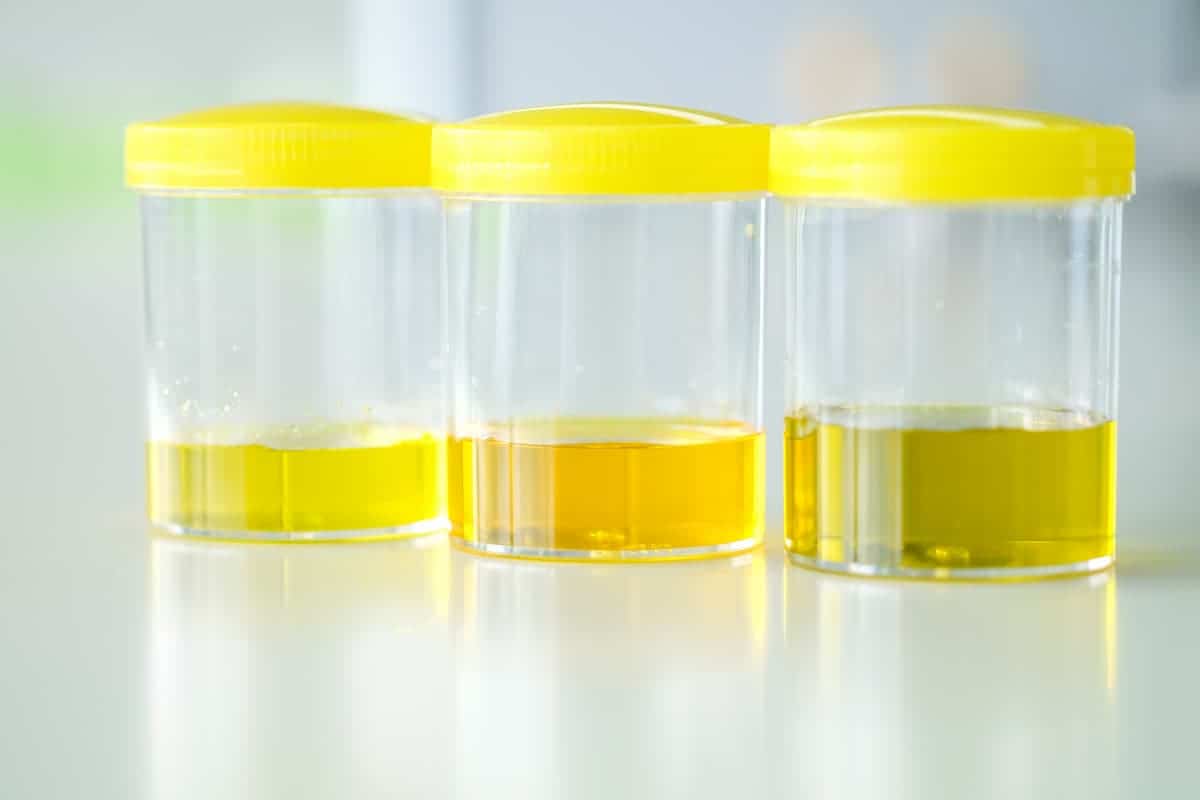Have you just gotten a new tattoo and wondering if you can still go ahead with your workout routine? Getting inked is an exciting experience, but it’s also important to look after the health of your skin while it’s healing.
Working out after getting a tattoo may seem intimidating at first, but have no fear! By following some simple guidelines, you can safely get back to fitness without risking any damage to your body art.
In this blog post, we will discuss everything you need to know about working out after getting a tattoo – from how long should you wait before exercising again, what exercises are best suited for newly-inked skin, and other helpful tips.
So don’t worry about having to take an extended vacation from the gym – read on and learn more about how to stay active without compromising on safety or quality of life!
Is It Safe to Work Out After Getting a Tattoo?
Getting a tattoo is an exciting experience, but it’s important to remember that it does involve some downtime afterward. While your tattoo heals, you may be wondering if it’s safe to work out or not.
The good news is that in general, yes, working out after getting a tattoo is safe as long as you take the necessary precautions. However, before jumping back into your regular routine, there are a few things you should keep in mind.
First off, make sure the area of skin around your tattoo is healed completely before engaging in any physical activity. This will typically take at least two weeks for the area to heal properly and become scab-free.
When exercising with a newly-inked area on your body it’s important to ensure that you’re taking extra care when sweating so that no bacteria gets stuck in your fresh ink and causes infection or irritation.
Also, keep in mind that certain types of clothing can cause friction against the skin which might damage the healing process and cause issues like scarring or fading of colors over time; try wearing looser fitting garments such as sweatpants or leggings instead of tight jeans during workouts while waiting for your tattooed skin to heal fully.
Finally, don’t forget to stay hydrated throughout— drinking plenty of water helps replenish moisture lost through sweat and speeds up healing times significantly!
Benefits of Working Out After Tattoo
Working out after getting a tattoo can be beneficial for both your body and mind. Here are some of the key benefits associated with working out after getting a tattoo:
- Strengthening Your Immune System: Getting a workout in helps strengthen your immune system, meaning it will help keep your newly tattooed skin healthier as it heals.
- Stress Relief: Working out releases endorphins, which can help reduce stress and anxiety levels. This is especially helpful if you’re worried about how your new tattoo looks or if you experience pain during the healing process.
- Improved Mood: As mentioned above, working out releases endorphins which leads to an improved mood. It’s also great way to get rid of any anxiety or feeling overwhelmed that comes with having to take care of a new piece of art on your body!
- Increased Energy Levels: Exercising helps increase blood flow throughout the body and gives you more energy throughout the day. This is especially beneficial when you need extra energy during the healing process; just make sure not to overexert yourself!
What to Do Before Working Out
If you’re planning to hit the gym after getting a new tattoo, it’s important that you take some steps before working out.
Not taking proper precautions can result in your tattoo becoming infected or irritated, so here are three things to consider:
- Clean The Tattoo Area: Before any workout, it’s essential that you clean and disinfect the area of your skin where your new tattoo is located. This will help remove any dirt, sweat or oils that may have accumulated since getting your tattoo.
- Give Your Tattoo Enough Time To Heal: It’s not recommended to start working out immediately after getting a new tattoo; give yourself at least two weeks for the first healing process before hitting the gym. Start with light physical activities such as walking and gradually increase intensity over time if needed – remember that it takes up to four weeks for tattoos to heal completely!
- Wear Protective Clothes: When you do go back into the gym, make sure you wear loose fitting clothing made of breathable material over your new ink––this will help keep bacteria away from your fresh tat while still allowing air flow which is key for healing properly!
Clean The Tattoo Area
Before you start your workout after getting a tattoo, it’s important to make sure the area is clean. This will help prevent infection and ensure that your skin heals properly.
The first step is to wash the area with mild soap and lukewarm water. Make sure to avoid using any harsh chemicals or scented soaps as they can irritate the skin.
After washing, you should pat the area dry with a clean towel and apply a thin layer of non-scented lotion or ointment recommended by your tattoo artist. This will help keep the area moisturized and prevent any flaking or irritation.
Finally, if you’re planning on wearing protective clothing during your workout, such as long sleeves or pants, make sure they are also clean before putting them on over the freshly cleaned area.
Give Your Tattoo Enough Time To Heal
As tempting as it might be to work out shortly after getting a tattoo, it’s important to allow your body enough time for the safe and complete healing process of the tattoo.
Working out too soon can put extra strain on your body and could lead to infection or even permanent damage.
Therefore, you should give your body at least two weeks in between getting a tattoo and starting a workout regimen.
During this period, make sure that you are taking proper care of your skin by keeping it clean and moisturized at all times.
Applying an ointment like A&D or Bacitracin twice a day will help keep bacteria away from the area while also helping with itchiness or dryness.
If needed, ask your doctor about topical creams that can help speed up the healing process before beginning any sort of physical activity regime such as working out or stretching exercises.
As long as you have given your body enough time to heal properly from the previous session, then you’ll be able to safely begin exercising without risking further injury or infection.
Wear Protective Clothes
When getting a tattoo, it’s important to be mindful of how you dress. The area that has been tatted up should be covered with protective clothing while working out to prevent any irritation or infection.
This could include wearing compression shorts or tights over your tattoo if it is located on your leg, and wearing a long sleeve shirt if the tattoo is on an arm.
It’s also important to make sure that the fabric you are wearing does not irritate the skin around the area where you got inked, as this can cause pain and discomfort during your workout routine. Choose lightweight breathable materials for ultimate comfort and protection.
You may also want to consider investing in some specialized protective gear such as sweat-wicking garments, which will help keep moisture away from your skin and reduce chafing at the same time!
Finally, always ensure that whatever clothing you are wearing fits properly so it won’t impede movement or rub against your fresh ink during exercise routines.
What to Do During Your Workout
When it comes to working out after getting a tattoo, there are some important steps you should follow in order to ensure that your skin is properly cared for and that you get the best results.
Here are a few tips on what to do during your workout:
- Drink Plenty of Water: It’s important that you stay hydrated when exercising so make sure to bring plenty of water with you and sip it throughout your workout. Don’t forget to also apply lotion or sunscreen as necessary depending on the area where your tattoo is located.
- Don’t Forget To Stretch: Before starting any exercise routine, make sure to warm up and stretch appropriately. This will help prevent injury and can help reduce soreness afterwards. Stretching will also increase blood flow which helps promote healing in your new tattoo.
- Avoid Contact With Sweat: Sweat can be irritating for newly healed tattoos so take a break if needed or use a sweat band if need be. Additionally, avoid exercises that involve contact with other people or surfaces where bacteria may be present as this could lead to infection in the area around your tattoo.
Drink Plenty of Water
When working out after getting a tattoo, it’s important to stay hydrated! This means drinking plenty of water throughout your workout. Not only will this help to keep you from becoming dehydrated, but it can also help to reduce inflammation around the tattooed area. Drinking more water may even help accelerate the healing process.
It’s best to drink small amounts of water frequently during workouts rather than trying to chug down a big glass all at once. Larger quantities of fluids consumed at one time can lead to stomach irritation and nausea that could affect performance. Additionally, try avoiding sugary drinks and alcohol as these can interfere with proper hydration levels.
Additionally, make sure you’re wearing loose clothing that won’t rub against the area or cause additional irritation while exercising!
Don’t Forget to Stretch
After getting a tattoo, it is important to remember to stretch in order to maintain the flexibility of your muscle and skin. Stretching helps ensure that you are not overworking the muscles around your newly tattooed area and helps prevent any unnecessary strain on those muscles.
When stretching, aim for slow and controlled movements while avoiding bouncing or jerking motions as this can cause damage or tearing of the skin. It is recommended that you perform each stretch for 10-20 seconds with 3-4 repetitions per side if applicable.
Make sure to focus on stretching the areas where your new tattoo is located, as well as all the surrounding areas – such as shoulders, neck, back, chest etc., which will help promote blood flow and reduce inflammation in those regions.
Finally, be aware of how much tension you’re applying during each stretch. You should feel a slight pull but never experience any pain or discomfort while doing so – if you do feel pain then stop immediately!
Avoid Contact With Sweat
Sweat is the body’s natural way of cooling down when it gets too hot, but for someone who has just gotten a tattoo, it can be quite dangerous. Sweating excessively can lead to an infection, and even if your tattoo is completely healed, sweat that gets trapped beneath the bandage or tape can irritate the skin.
For this reason, it’s important to make sure you avoid contact with sweat as much as possible. Wear clothes that are breathable and lightweight to minimize sweating and take regular breaks throughout your workout session in order to cool down and dry off any accumulated sweat.
If you do start to feel too hot during your workout session, consider taking a break or reducing the intensity of your physical activity until you have cooled down enough to continue safely.
It may also help to use a towel specifically designated for wiping away sweat so that you don’t accidentally get any bacteria-ridden sweat on your new tattoo area.
Is it Safe to Exercise After Getting a Tattoo?
Is it safe to exercise after getting a tattoo? Many experts advise waiting to exercise after eating, so it’s crucial to also wait until your tattoo is fully healed. Working out can cause excessive sweating and friction, which may damage the tattoo and hinder the healing process. It’s best to prioritize your tattoo’s recovery by avoiding strenuous exercise for a few weeks.
Conclusion
Working out after getting a tattoo is generally not a good idea. It’s important that your body has enough time to heal the tattoo area before beginning any type of intense workout. If you have recently gotten a tattoo, you should wait at least 2-3 weeks before participating in any physical activity.
Once it’s safe to work out, make sure to clean the area beforehand and wear protective clothing such as long sleeves or compression shorts to avoid contact with sweat.
During your workout, be mindful of your movements so as not to overexert yourself and damage the fresh ink.
Additionally, make sure that you’re hydrating throughout and stretching regularly to prevent muscle soreness or strain injuries.
Remember – safety comes first! Listen closely to what your body is telling you and take all necessary precautions when working out after getting a tattoo so that you can enjoy its beauty for years down the road without any complications or infections.




